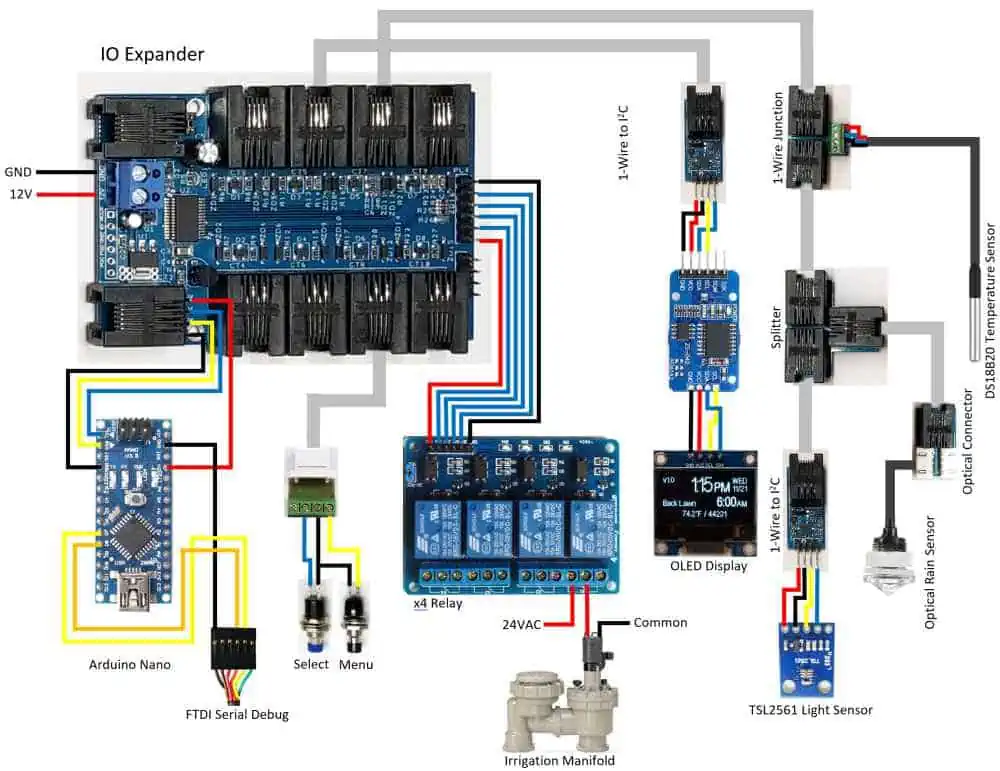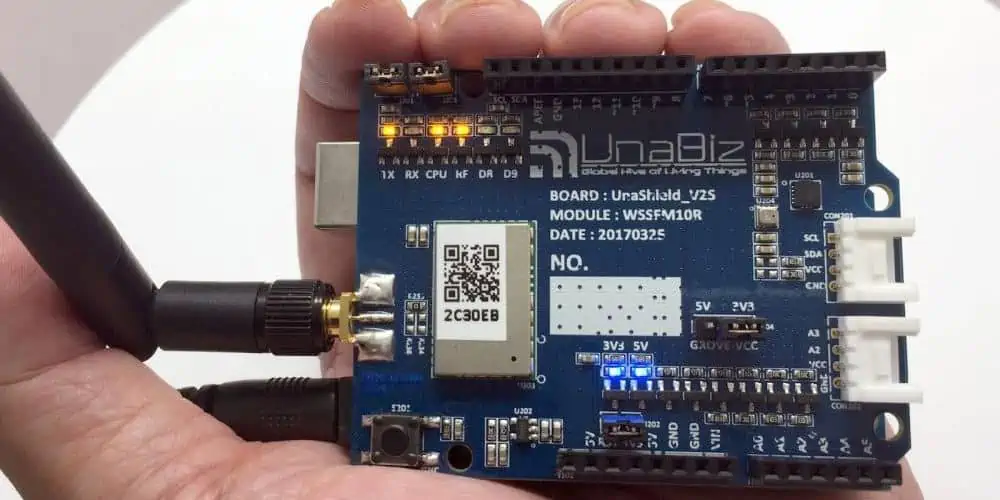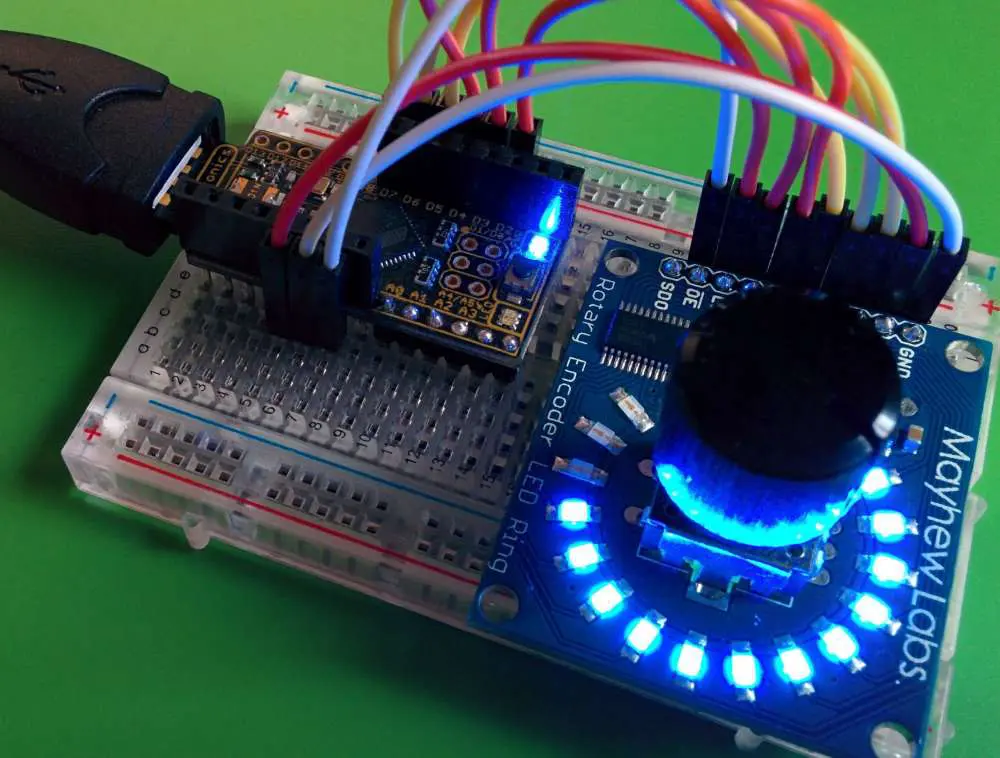The world keeps evolving and so are many things around it. Traditional irrigation was the irrigation system employed in those days. This irrigation system is overdue for a change in our world. The manual process of watering gardens and crops is a waste of time. This method of irrigation can’t amount for any changes in soil or water that can affect the levels of moisture.
Also, several countries are experiencing water shortage. Irrigation water is as important as drinking water. Irrigation can result in water waste as this process requires a lot of water. Therefore, there is a need to find a lasting solution to this method of irrigation. There is a need to bring irrigation to the next level. The lasting solution is the smart irrigation system.
Smart irrigation is a type of irrigation that accounts for the soil or weather conditions to define watering processes. This system optimizes irrigation for the particular area you are watering. This helps to save enough water and as well optimize the growth of the plants. In this article, we will be looking into smart irrigation system using Arduino.
What is Smart Irrigation System?

The smart irrigation system involves the use of technology and science to save water during irrigation. Also, smart irrigation involves the use of smart irrigation controller, weather sensors, and soil sensors. According to research, smart irrigation technology can minimize water waste by a whooping 40%. This irrigation system decides when to water plants and the amount of water needed based on the conditions of soil moisture.
The sensors integrated in this irrigation system monitors the actual ground humidity and weather conditions at present, while the controller regulates the water valve. The smart irrigation system can also be called automatic irrigation. This system judges when to water a plant and how much water is required. Therefore, it is ideal for water-saving management in landscape, farmland, lawn, and other areas.
Furthermore, smart irrigation system adopts technologies like remote sensing monitoring, the Internet of Things IoT, mobile Internet, and LORA. This irrigation system supplies the appropriate amount of water to plants based on weather conditions and soil type in order to save irrigation water. The smart irrigation system mainly incorporates different technologies like computer technology sensor technology, and automatic control technology. Also, it incorporates garden irrigation methods like drip irrigation and sprinkler irrigation.
Smart irrigation system waters plants without your help. This system offers a high level of precision. The software application behind the functioning of this system is Arduino. Arduino irrigation system is widely integrated in farms and gardens.
How the Smart Irrigation System Works

As it was earlier mentioned, the smart irrigation controller is one of the crucial components in this system. This controller is an advanced sensors that decides the frequency and amount of water for the system based on either soil moisture or temperature levels. Therefore, it is often regarded as the brain behind the entire irrigation system.
Due to the way weather-based controllers work, they are also called evapotranspiration. These controllers account for the expected transpiration and evaporation in a system to get weather information. This information helps them decide how often the the garden or lawn should be watered.
The three primary types of weather controllers are signal-based controllers, on-site controllers, and historic controllers. Also, these weather controller types are usually categorized according to the method used in obtaining their information:
- Signal-based controllers: These controllers get their information from a public source and transfers it wirelessly to the controller.
- On-site controllers: They use their own sensors to calculate the temperature, therefore, they respond to the particular temperature in the area.
- Historic controllers: These controllers account for the historical water use in a particular region and function according to these averages.
Rather soil-based controllers depend on soil moisture. The smart irrigation system makes use of home Wifi or Lora for signal transmission. Also, this system can be controlled via a mobile phone or computer regardless of the location. The irrigator doesn’t need to open or close the water valve manually. The operator places a sensor on the garden at a low level and determines the amount of water. This reveals how much water the soil contains.
What Does the Smart Irrigation System Comprise?

The composition of a smart irrigation system can be complex since it features some powerful functions. This helps it to realize automatic water-saving irrigation. The smart irrigation system comprises terminal platform, monitoring part, transmission part, and control part. Each of these accessories works together to create a unit. These accessories have the following composition:
Monitoring part
The monitoring units for the smart irrigation system comprise different sensors. These sensors include leaf wetness sensor, soil moisture sensor, snow sensor, wind speed sensor, evaporation sensor, and data collector.
Control part
The basis for this irrigation system lies in different control valves. These valves offer support to remote switching which include ball valves, pulse valves, butterfly valves, etc. Therefore, it is crucial to various water pipes and valves based on different irrigation areas.
Transmission part
In the smart irrigation system, the control terminal and monitored terminal transmits the command signal and monitored data signal. If lora wireless transmission is being used in this process, the transmission part is the data concentrator. However, the transmission part is the monitoring host and the router if you are utilizing home WiFi.
Terminal platform
This is a software system for sorting and analyzing data. The terminal platform is capable of analyzing data, storing data and giving out control instructions. Also, this platform software offers support to the operations of a computer and mobile phone.
Different sensors send meteorological and soil moisture data to the platform. Then, this platform analyzes the data and studies it. Also, it analyzes the area and volume of water that requires irrigation, and then transmits wireless commands at every point. The controller regulates the opening and closing of the water valve. Also, it offers proper irrigation.
How Can you Make Smart Irrigation System Using Arduino?

Arduino is a popular and reliable development board for making smart irrigation system. In this type of project, we will be using Arduino board, water pump, relay module, and moisture sensor. When you are planning to make a smart irrigation using Arduino, you need to ensure all the components you need are available. You will need to dip the soil moisture sensor inside the soil. Ensure you connect the water pump to a source of water supply.
The relay module will help you connect the water pump to the Arduino board. Arduino will use the soil moisture sensor to measure the moisture of the soil to determine if the soil is wet or not. The Arduino board will switch on the relay module if the soil is dry, the water pump will then turn on.
The water pump will be on until the soil’s moisture level gets to a particular level. After it has achieved a certain level, the pump will go off.
Below are the components needed for smart irrigation system using Arduino
- Arduino Uno
- A soil moisture sensor
- 9V battery
- A breadboard
- 30 Jumper wires
- 5V DC water pump
- Servo motor
- Relay module
The Arduino UNO plays a crucial role. It regulates the motor pump based on soil moisture. You will need an external battery to power the circuit. Also, you can make use of 9v or 12v battery. You will connect the battery to the ground pins and Vin of Arduino. The motor can be connected to the battery through a relay. Connect the moisture sensor output to the Arduino’s analog pin.
Creating smart irrigation system using Arduino is very easy if you carry out the necessary steps.
Benefits of Smart Irrigation System with Arduino
Saves water
The smart irrigation system offers more accuracy and reduces water wastage. According to experts, this system conserves water across various scenarios. Research studies have revealed the substantial water saved by this system is around 30 to 50%. Smart irrigation systems save about 20% more water compared to traditional irrigation systems.
Presently, smart irrigation system using Arduino are reducing water wastage in agricultural production. Most farmers are interested in these systems because of the amount of water it saves.
Saves manpower
Smart irrigation system helps in saving manpower. This system uses automation to water plants. Therefore, there is no need to hire an irrigator to water the plant. Also, you don’t need to open and close a water valve manually. You can carry out the irrigation task from your mobile phone. Also, it saves you the stress of worrying about your garden while you away.
Intelligent control
This system gives you an intelligent control over irrigation. It offers remote irrigation, time irrigation, and switching between the irrigation modes.
Conclusion
Smart irrigation system monitors soil moisture, weather, plant species and evaporation to adjust watering schedules. Also, this system reduces water wastage which occurs in traditional preset irrigation. Smart irrigation system using Arduino accounts for certain variables like sprinkler rates as rainfall changes or outdoor temperatures rise. Also, they adjust the watering time constantly.
